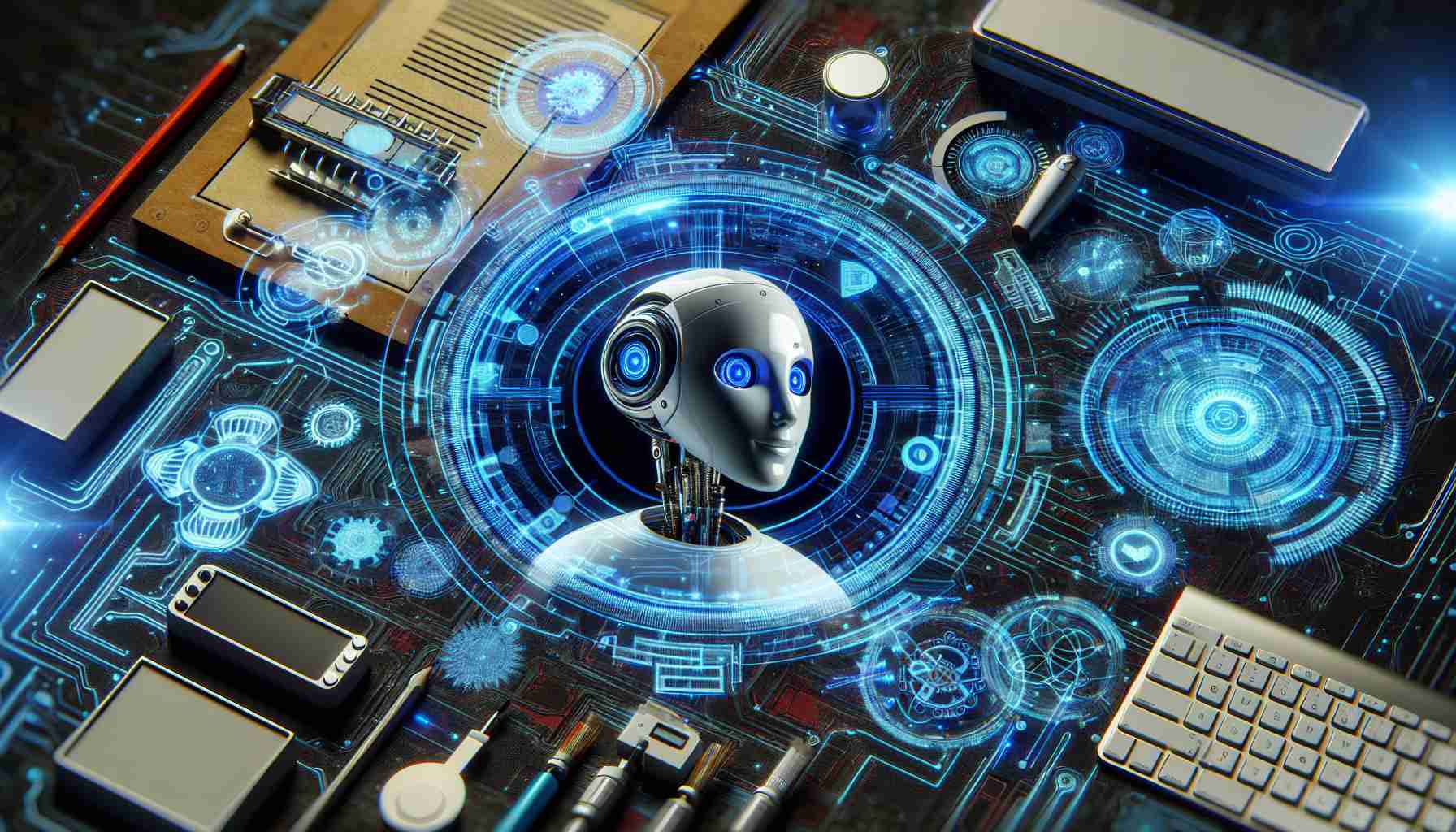The history of chatbots is a testament to the human pursuit of effective communication and creativity. From the humble origins of tools like The Plot Genie in the 1930s to the cutting-edge AI-powered bots of today, chatbots have evolved into powerful allies in our linguistic and cognitive endeavors.
Although The Plot Genie may not have been a traditional chatbot, it laid the groundwork by providing authors with a framework to construct narratives. This early precursor blended language and code, foreshadowing the symbiotic relationship that would define future chatbots.
Jumping ahead to the late 20th century, we encounter ELIZA, an early example of a recognizable chatbot. Created in 1964, ELIZA simulated the responses of a psychotherapist using pattern matching techniques. This marked a significant leap forward, further amalgamating language and technology.
Dennis Eitenen, in his book „Literary Theory for Robots,” explores the historical roots of these modern chatbots, examining their connection to the written word. Eitenen argues that chatbots are part of a long-standing trend that blurs the boundaries between authors and their tools, as well as between individual and collective intelligence.
Today, chatbots have entered the age of advanced AI techniques. Through the implementation of natural language processing (NLP) and deep learning, they can understand and respond to human language with increasing sophistication. ChatGPT, developed by OpenAI, is a prime example of this new generation of chatbots. With its massive user base, ChatGPT has become an invaluable tool for generating text, answering queries, and inspiring creative professionals.
Microsoft Copilot, integrated into the new Bing format, represents yet another leap forward. Powered by the highly advanced GPT 4 model, it not only provides current information but also generates helpful links to sources. Additionally, Microsoft’s AI image generating feature opens up even more possibilities for chatbots.
As chatbots become more sophisticated, they raise profound questions about intelligence. Can a machine truly comprehend language without consciousness? Does the ability to mimic human responses equate to genuine intelligence? These inquiries add further complexity to the chatbot narrative.
Despite the debates surrounding their nature, chatbots undeniably have a significant impact on creative work. They can generate content, handle transactions, collect feedback, and inspire professionals in various fields. In the realm of digital shopping, chatbots are becoming integral tools for improving sales and enhancing user engagement.
The story of chatbots extends beyond technological progress. It speaks to human inventiveness, our unwavering desire to communicate effectively, and our continuous efforts to blur the lines between ourselves and our tools. As we continue to refine and redefine these AI-powered assistants, their role in shaping our future becomes increasingly evident.
As we embark on this new era, it is crucial to use the power of chatbots responsibly. By employing them to foster understanding, facilitate communication, and enrich our collective intelligence, we can ensure that these tools truly benefit humanity.
FAQ:
1. What are chatbots?
Chatbots are AI-powered tools that can understand and respond to human language. They have evolved from basic frameworks for constructing narratives to advanced models capable of generating text and answering queries.
2. What is the history of chatbots?
The history of chatbots dates back to the 1930s, with the early origins of tools like The Plot Genie. In the late 20th century, ELIZA, an early recognizable chatbot, simulated psychotherapist responses. Today, chatbots have advanced with the implementation of natural language processing (NLP) and deep learning techniques.
3. Can chatbots truly comprehend language?
The debate surrounding chatbots raises questions about whether machines can comprehend language without consciousness. While they can mimic human responses, the extent of their genuine intelligence is still a topic of discussion.
4. How do chatbots impact creative work?
Chatbots have a significant impact on creative work. They can generate content, handle transactions, collect feedback, and inspire professionals in various fields. In digital shopping, chatbots are crucial for improving sales and enhancing user engagement.
5. What is the role of chatbots in shaping the future?
As AI-powered assistants, chatbots play a role in shaping the future by fostering understanding, facilitating communication, and enriching collective intelligence. Responsible use of chatbot technology is crucial to ensure its benefits to humanity.
Key Terms and Definitions:
– Chatbot: An AI-powered tool that can understand and respond to human language.
– Natural Language Processing (NLP): The ability of a computer to understand and process human language.
– Deep learning: A subset of machine learning based on artificial neural networks that attempt to simulate the human brain’s structure and function.
– GPT: Generative Pre-trained Transformer, a type of deep learning model used for generating text.
– AI: Artificial Intelligence, the simulation of human intelligence in machines that are programmed to think and learn like humans.
– Psychotherapist: A professional who uses talk therapy to help individuals with mental health issues.
Suggested Related Links:
– OpenAI – OpenAI’s official website where you can learn more about ChatGPT and their AI initiatives.
– Microsoft Bing – Official website of Microsoft Bing, where you can find information about their search engine and features like Microsoft Copilot.
– Chatbot on Wikipedia – Explains chatbots in detail, including their history, types, and applications.
– TED Talks on AI – A collection of TED Talks related to artificial intelligence and its impact on society.
The source of the article is from the blog lanoticiadigital.com.ar
